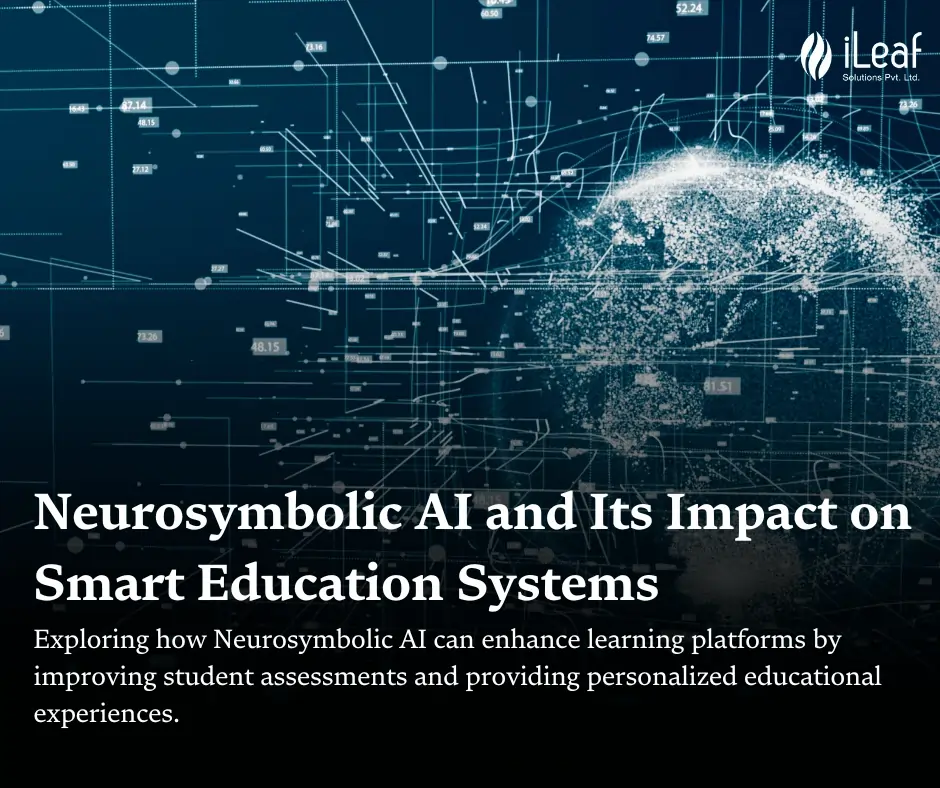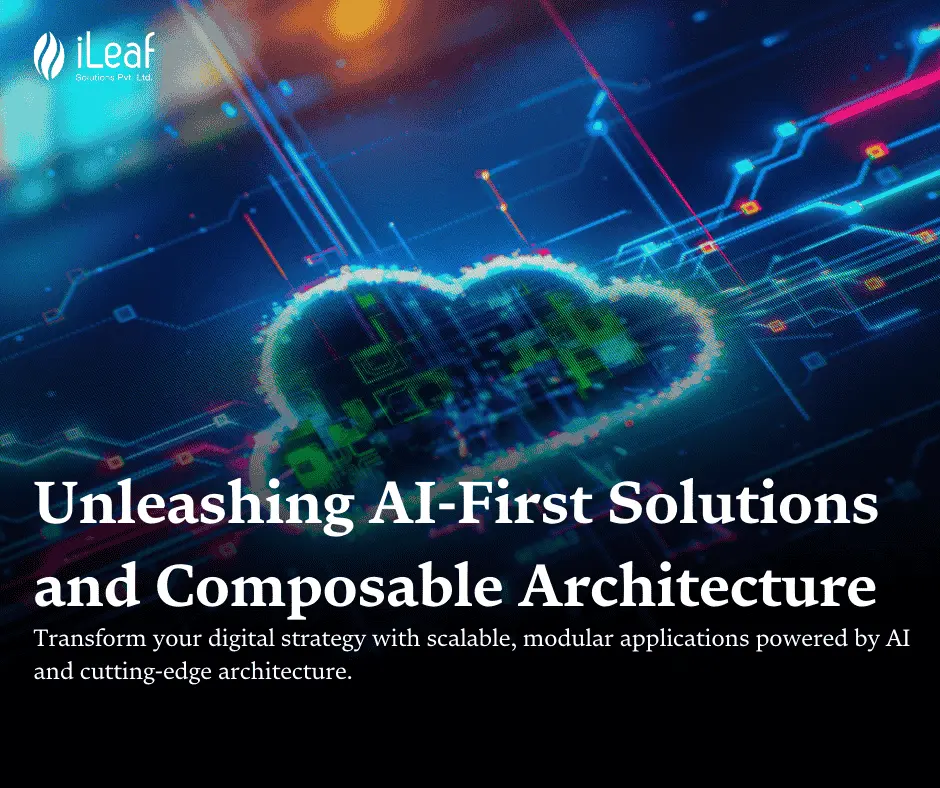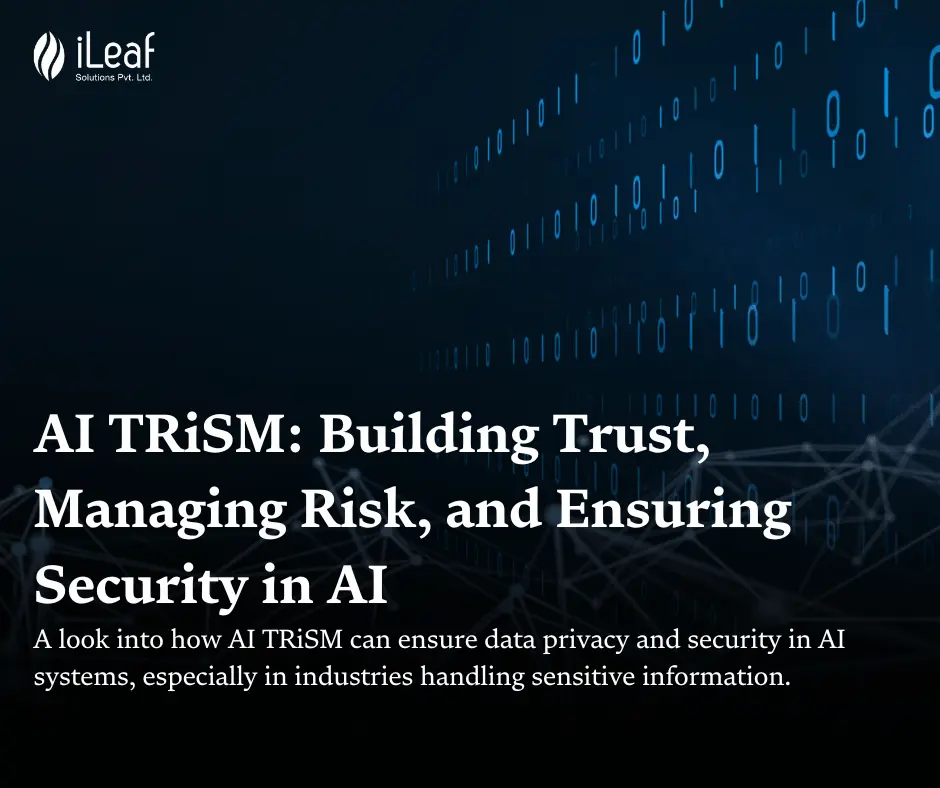Smart Education Systems Powered by Neuro-Symbolic AI: A New Era

Table of Contents
- Introduction
- Understanding Neural Symbolic AI
- The Role of Cognitive Science in Neuro Symbolic AI Development
- Transforming Smart Education Systems with Neural Symbolic AI
- Exploring Applications of Neural Symbolic AI in Education
- Policy Considerations for Ethical Use of Neuro Symbolic AI in Education
- Conclusion: Embracing the Future with Smart Education Systems Powered by Neuro Symbolic AI
1.Introduction
The integration of artificial intelligence (AI) into education is not just a trend; it’s a necessity for the modern, knowledge-driven world. AI promises to revolutionize how we learn, teach, and manage education systems. However, traditional AI approaches, particularly neural networks, face limitations in complex reasoning and explainability. Enter Neuro-Symbolic AI, a hybrid approach that combines the power of deep learning with the logical reasoning capabilities of symbolic AI.
This blog will explore how Neuro-Symbolic AI is poised to shape smart education systems—learning environments that adapt to individual needs, foster deep understanding, and ensure equitable access to quality education. We will examine its mechanisms, role in cognitive science, applications in the education sector, and ethical considerations.
2. Understanding Neuro-Symbolic AI
At its core, Neuro-Symbolic AI merges two complementary fields: neural networks (which excel at pattern recognition) and symbolic reasoning (which handles logical, rule-based tasks). Neural networks are adept at learning from vast amounts of data but often struggle with abstract reasoning, while symbolic AI is known for its precision in logical deduction but lacks the learning flexibility of neural models.
By combining these two approaches, It allows machines to learn from data while simultaneously reasoning about the relationships between concepts. In education, this means a system can not only provide insights from data (like student performance patterns) but also apply logical reasoning to personalize learning paths, solve problems, and even explain decisions in human-understandable terms.
This hybrid model has gained traction due to its potential to address some of the long-standing challenges in AI, such as interpretability and robustness, making it ideal for critical sectors like education where trust and transparency are paramount.
3. The Role of Cognitive Science in Neuro-Symbolic AI Development
Cognitive science—the interdisciplinary study of the mind and intelligence—plays a pivotal role in shaping Neuro-Symbolic AI. Much of the architecture behind this AI model is inspired by how humans think and learn. Cognitive theories, such as dual-process theory, suggest that humans have two modes of thinking: one that is fast and intuitive (similar to neural networks) and another that is slow, deliberate, and logical (akin to symbolic reasoning).
By emulating these processes, Neuro-Symbolic AI can mimic human-like thought patterns, making it particularly well-suited for educational applications. For instance, students often need both the ability to recognize patterns (like identifying trends in historical data) and apply logic to problems (such as constructing a mathematical proof). Neuro-Symbolic AI can adapt to these needs, offering intelligent systems that simulate human learning processes more closely than traditional AI systems.
Moreover, cognitive science contributes to the design of intelligent tutoring systems that adjust to different learning styles, giving every student a personalized learning experience. By integrating insights from cognitive psychology, these systems can predict where students might struggle and intervene with targeted support.
4. Transforming Smart Education Systems with Neuro-Symbolic AI
Smart education systems aim to make learning more efficient, personalized, and accessible. Neuro-Symbolic AI takes this vision a step further by offering deeper insights into how students learn, allowing for real-time adjustments to educational content and strategies.
By analyzing students’ performance, learning styles, and progress, these systems can craft individualized lesson plans that optimize understanding and retention. For example, an intelligent tutoring system powered by Neuro-Symbolic AI can recognize when a student is struggling with a concept and provide tailored exercises to strengthen comprehension, while also offering logical explanations to clarify misunderstandings.
Additionally, these systems are more inclusive. Neuro-Symbolic AI can adapt to the diverse needs of students, including those with disabilities. By understanding symbolic logic, AI can offer more nuanced responses to special needs learners, helping them access education in a way that suits their cognitive profiles.
In addition to accessibility, Neuro-Symbolic AI can help teachers by relieving them of administrative duties. Such systems can take on administrative responsibilities like grading assignments, monitoring whether students are present, and even identifying when students may be on the verge of disengaging from the process of learning. With the help of such technology, a teacher can spend more time in higher-order educational activities such as mentoring students, developing curriculum, and the planning of learning experiences.
5. Exploring Applications of Neuro-Symbolic AI in Education
The real-world applications of Neuro-Symbolic AI in education are vast and varied. Some of the most promising include:
Personalized Learning Systems: These systems can tailor educational content to fit each student’s learning pace, style, and needs. By combining pattern recognition with logical reasoning, they can offer just-in-time interventions and explanations that are both accurate and understandable.
Intelligent Tutoring Systems (ITS): Traditional AI-powered tutoring systems often struggle with explaining their reasoning. Neuro-Symbolic AI not only identifies where students need help but can also explain why certain answers are correct or incorrect, enhancing the overall learning process.
Administrative Efficiencies: School management systems powered by Neuro-Symbolic AI can streamline administrative tasks such as scheduling, grading, and student performance tracking, making education systems more efficient and reducing workload for educators.
Interactive Educational Tools: By leveraging Neuro-Symbolic AI, tools like interactive quizzes, simulations, and games can provide real-time feedback and reasoning to help students understand complex concepts. These tools can simulate real-world scenarios that require both learning from data and applying logic.
6. Policy Considerations for Ethical Use of Neuro-Symbolic AI in Education
As with any emerging technology, the use of Neuro-Symbolic AI in education raises several ethical concerns. These issues must be addressed to ensure that the benefits of AI are realized without compromising the privacy, security, or equity of educational opportunities.
One critical issue is data privacy. Personalized learning systems often rely on collecting vast amounts of student data to function effectively. Ensuring that this data is securely stored and used in compliance with privacy regulations like GDPR is paramount. Additionally, there must be transparency about how student data is used and how AI systems make decisions.
If not carefully designed, Neuro-Symbolic AI could inadvertently reinforce existing biases in the education system, such as favoring certain learning styles or underrepresenting marginalized groups. Policymakers and educators must work together to minimize these biases through inclusive design practices and regular audits of AI systems.
Finally, there’s the need for human oversight. While Neuro-Symbolic AI can significantly enhance education, it should complement, not replace, human judgment. Teachers and administrators should remain at the helm, using AI as a tool to inform decisions rather than relying on it entirely.
7. Conclusion: Embracing the Future with Smart Education Systems Powered by Neuro-Symbolic AI
Neuro-Symbolic AI is set to redefine the landscape of education. By combining the best of both neural networks and symbolic reasoning, this technology holds the promise of more personalized, inclusive, and efficient learning experiences. However, as we embrace these advancements, it is essential to navigate the ethical and policy challenges that come with AI adoption in education.
In the coming years, Neuro-Symbolic AI could be the driving force behind a new era of smart education systems—where learning is tailored to each individual, accessible to all, and enhanced by intelligent, human-centered AI solutions. The future of education is smart, adaptive, and powered by Neuro-Symbolic AI.














